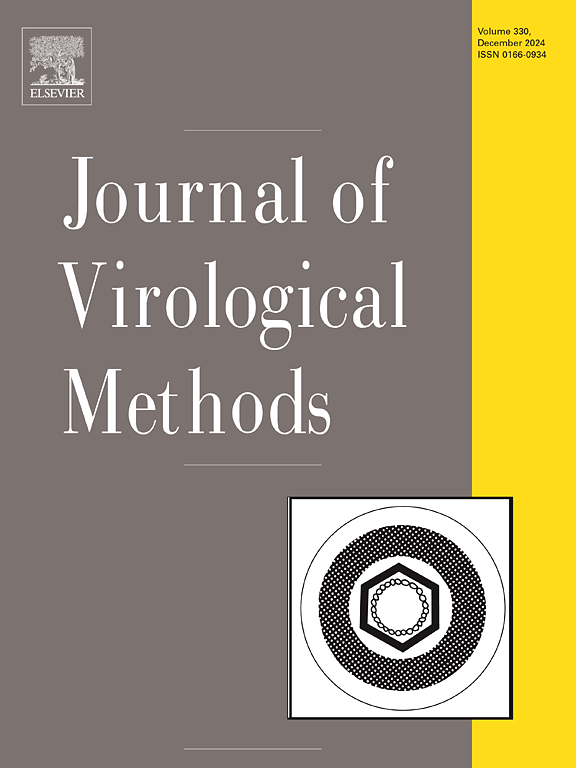Optimization of a panel of behavioral tests for use in containment using a golden Syrian hamster model
IF 2.2
4区 医学
Q3 BIOCHEMICAL RESEARCH METHODS
引用次数: 0
Abstract
Golden Syrian hamsters are an often-overlooked model in behavioral testing. While previously utilized for research examining circadian rhythms and mammalian reproduction, they are less common than murine models in both infectious disease and behavioral studies. However, coronavirus disease-19 (COVID-19) quickly pushed hamster modeling to the forefront due to its myriad of advantages over mice in recapitulating human pathology and transmission. At least 10 % of COVID-19 survivors suffer from post-acute sequelae of COVID-19 (PASC), a collection of some 200 sequelae with neurologic sequelae (neuro-PASC) presenting with potentially debilitating symptomology. This presents a clear need for a small animal model that recapitulates human disease with the ability to assess any potential long term neurological changes. We adapted and optimized a panel of behavioral tests from previously accepted murine models utilizing the golden Syrian hamster model for use within biocontainment facilities. Our panel includes grip strength, Porsolt forced swim, and novel object recognition testing to measure muscle fatigue or weakness, depression, and memory loss or cognitive impairment, respectively. Apart from severe acute respiratory syndrome coronavirus-2 (SARS-CoV-2), this panel of tests is applicable to other pathogens that cause neurologic sequelae, such as Nipah or eastern equine encephalitis viruses, or any other model systems that require the use of hamsters. In this manuscript, we detail the methods for each of these three behavioral tests, how to interpret and analyze the resulting data, and emphasize additional factors for consideration. We also provide baseline data for both male and female golden Syrian hamsters.
求助全文
约1分钟内获得全文
求助全文
来源期刊
CiteScore
5.80
自引率
0.00%
发文量
209
审稿时长
41 days
期刊介绍:
The Journal of Virological Methods focuses on original, high quality research papers that describe novel and comprehensively tested methods which enhance human, animal, plant, bacterial or environmental virology and prions research and discovery.
The methods may include, but not limited to, the study of:
Viral components and morphology-
Virus isolation, propagation and development of viral vectors-
Viral pathogenesis, oncogenesis, vaccines and antivirals-
Virus replication, host-pathogen interactions and responses-
Virus transmission, prevention, control and treatment-
Viral metagenomics and virome-
Virus ecology, adaption and evolution-
Applied virology such as nanotechnology-
Viral diagnosis with novelty and comprehensive evaluation.
We seek articles, systematic reviews, meta-analyses and laboratory protocols that include comprehensive technical details with statistical confirmations that provide validations against current best practice, international standards or quality assurance programs and which advance knowledge in virology leading to improved medical, veterinary or agricultural practices and management.

 求助内容:
求助内容: 应助结果提醒方式:
应助结果提醒方式:


